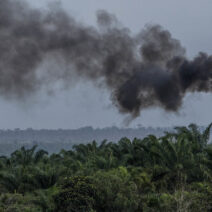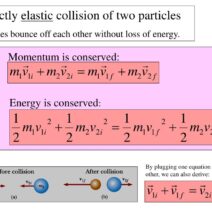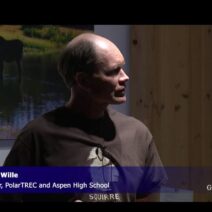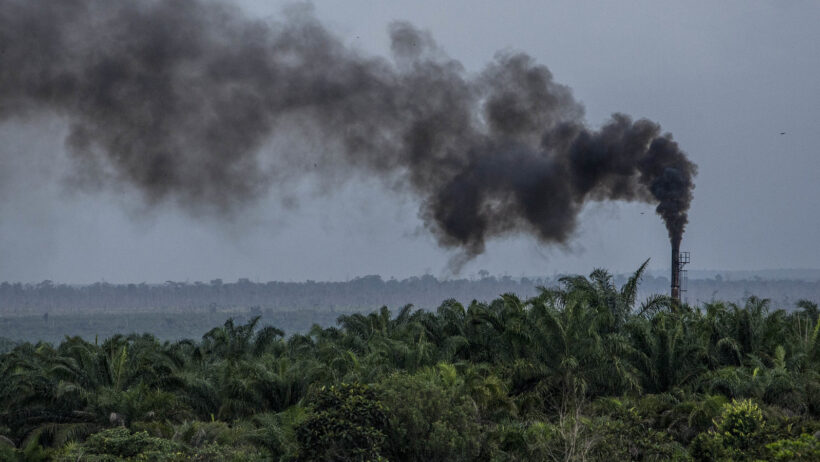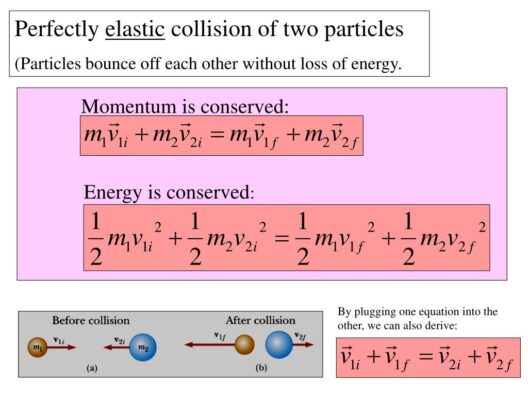Global warming casts a long shadow over the intricate tapestry of life on Earth, sparking a cacophony of concerns among environmental scientists and activists alike. This phenomenon is not merely a specter looming over polar bears or melting ice caps; rather, it encompasses a far broader spectrum of ecological devastation, reaching into the small yet vital corners of our natural world. Among these sentinel species, bats and bees stand out, issuing a clarion call for urgent attention. The implications of their decline ripple through ecosystems, affecting biodiversity, agriculture, and ultimately, human survival.
Bats, often maligned but indispensable, are some of nature’s most efficient pest controllers. These nocturnal mammals, with their astounding echolocation abilities, navigate through the night skies, preying on insects that would otherwise plague crops and spread disease. The global warming trajectory forces bats to confront shifting environments. Warmer nights disrupt their mating patterns, foraging strategies, and hibernation cycles. With climates changing at unprecedented rates, many bat species face diminishing habitats and increased competition for resources. The endemic threat of white-nose syndrome, a fungal affliction exacerbated by fluctuating temperatures, further compounds their plight, putting additional pressure on bat populations around the world.
Bees, too, find themselves at the precipice of extinction. They serve not only as pollinators for a significant portion of global crops but also as vital players in maintaining the biodiversity of wild flora. The warming climate alters their life cycles and the synchrony required for their survival. Changes in flowering dates can lead to mismatches between flowering plants and bee activity, resulting in diminished food sources for these pollinators. Coupled with neonicotinoid pesticides, habitat loss, and disease, the effects of global warming create a perfect storm that could decimate bee populations. As these industrious insects vanish, the cascading effects threaten food security and the delicate balance of ecosystems.
The link between bats, bees, and biodiversity is inseparable. They epitomize ecosystem services that sustain life as we know it. Their roles as pollinators and pest controllers are pivotal to the agricultural sector, which relies heavily on these organisms for the pollination of fruit, vegetables, and nuts. Loss of these species would not merely be an ecological blow; it would incite economic repercussions that resonate through global markets. A decline in biodiversity can precipitate a collapse of local economies dependent on agriculture and tourism, fundamentally reshaping human interactions with the environment.
As ecosystems unravel, the implications grow ever more dire. Each missing link in the food web contributes to a burgeoning cycle of decline. The extinction of bats and bees means that other species face impediments due to reduced food sources. Larger predators may find themselves struggling due to a decrease in prey species, while plants that rely on these pollinators may cease to exist altogether. The resultant loss of biodiversity can precipitate an ecological domino effect, worsening global warming by diminishing the Earth’s ability to sequester carbon through planted forests and wetlands.
The question then arises: what measures can be taken to ameliorate these crises? Mitigating climate change is paramount. This encompasses a collective ardor for the adoption of renewable energy sources, enhancing energy efficiency, and reducing greenhouse gas emissions. Policies that protect natural habitats and promote biodiversity will be essential in nurturing the environments that bats and bees, and countless other organisms, rely upon for survival.
Also vital is public education and engagement in conservation efforts. Individuals can contribute to the fostering of bee populations by planting native flowers and abstaining from the use of harmful pesticides in their home gardens. Similarly, initiatives focused on bat conservation can bring attention to their protection, urging communities to create bat-friendly environments and facilitate roosts. Promoting awareness about the environmental challenges these species are facing encourages population shifts toward greater ecological responsibility.
Technological advancements also offer a glimmer of hope. Innovative research and development into sustainable agricultural practices can enhance the resilience of crops to support pollinator populations. Agri-tech solutions such as precision farming can drastically reduce chemical usage, allowing ecosystems to flourish. Initiatives that work to restore habitats, enhancing connectivity between green spaces, will help maintain genetic diversity and ecosystem integrity.
Ultimately, the fate of bats and bees serves as a profound microcosm of broader environmental challenges. As we strive to navigate this tumultuous climate crisis, the interconnectedness of life becomes glaringly apparent. The destiny of these creatures encapsulates the urgency to redefine our relationship with the Earth. By prioritizing their survival, we simultaneously address the larger issue of global warming and biodiversity loss, forging pathways toward a more sustainable future.
In conclusion, none of us can afford to ignore the subtle whispers of nature’s alarm. The plight of bats and bees calls for a paradigm shift in our understanding of ecological preservation. By embracing conservation and sustainable practices, we can better equip ourselves to influence a healthier planet, ensuring that our actions today safeguard the delicate balance of life for generations to come.
